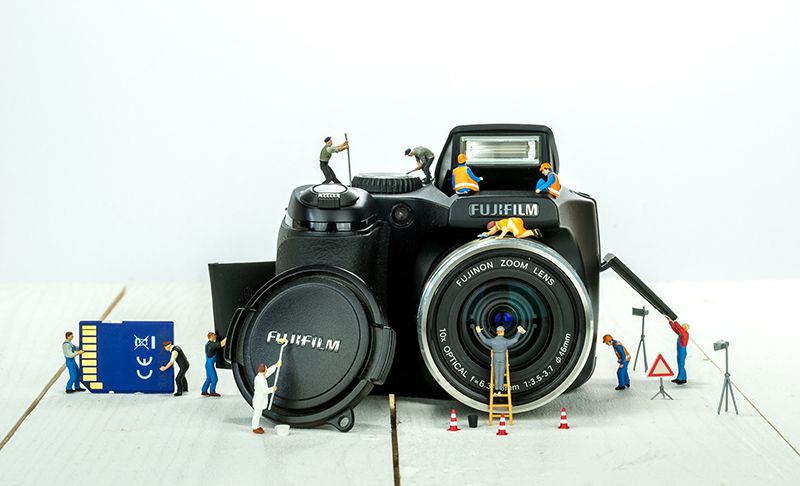Once upon a time, in the good old days, it was a given: when something we possessed broke or seemed not to work as it used to, we’d fix it up or get it repaired. There was no thought as to whether it was a right, it was just what we did. Fast forward to the present and we have manufacturers putting barriers in our way, to such an extent that it can be almost impossible to get items repaired. Now there’s push back from many people and governments concerned about waste to landfill and what seems like an objection to common sense – the right to repair and put back into service products that we’ve paid good money for. There is far too much ‘product’ being tossed out. Munibung Hill is a site for disposal along with many other open public places. The right to repair won’t in itself solve the problem but it will go some way to changing the narrative about what we have and what we do with items when we no longer need / want them any longer, for whatever reason.
Right to repair means that products need to be designed so that they are able to be repaired and that this must be able to be done at reasonable cost by a repairer of your choice, says Leanne Wiseman, professor in intellectual property law at Griffith University.
The Productivity Commission has recently released an issues paper as part of an inquiry into what is termed the ‘right to repair’. 
At a time when we have become increasingly reliant on disposable goods, what needs to change to ensure consumers can repair goods safely at competitive prices and keep products out of landfill?
Case in point is the right to refill a printer cartridge rather than having to purchase a replacement cartridge.
Leanne Wiseman explains the principle of right to repair to Hilary Harper, Life Matters, ABC Radio National, 17 December 2020.
The right to repair falls under that is termed the doctrine of exhaustion … once the owner of the technology, the holder of the patent over that printer cartridge sells that product into the market, they then can’t control what the purchaser chooses to do with it (their rights over the products have been exhausted – the right to control what the purchaser does with the product no longer exists). This was the case of the printer cartridge being taken to a third party and having it refilled, and whether the people who filled that cartridge were infringing the patent of the original manufacturer. The High Court of Australia ruled that so long as you only refilled the cartridge, you were not remaking it, that you were reusing it, then that is a valid right of the consumer to do this. That’s a signal to consumers and to the repair industry that what they are doing is legal.
Guests:
Leanne Wiseman, professor in intellectual property law at Griffith University, Brisbane, Queensland.
John Gertsakis, co-founder of Ewaste Watch and Adjunct Professor at the Institute for Sustainable Futures at the University of Technology Sydney.
And Leanne Wiseman is doing a consumer survey on consumer rights and right to repair. If you wish to take part, here is the link
This article appeared in The Conversation: Australia’s right to repair movement is well overdue
Hear the full program here: Our Rights to Repair And read this article: Does Australia need the right to repair



